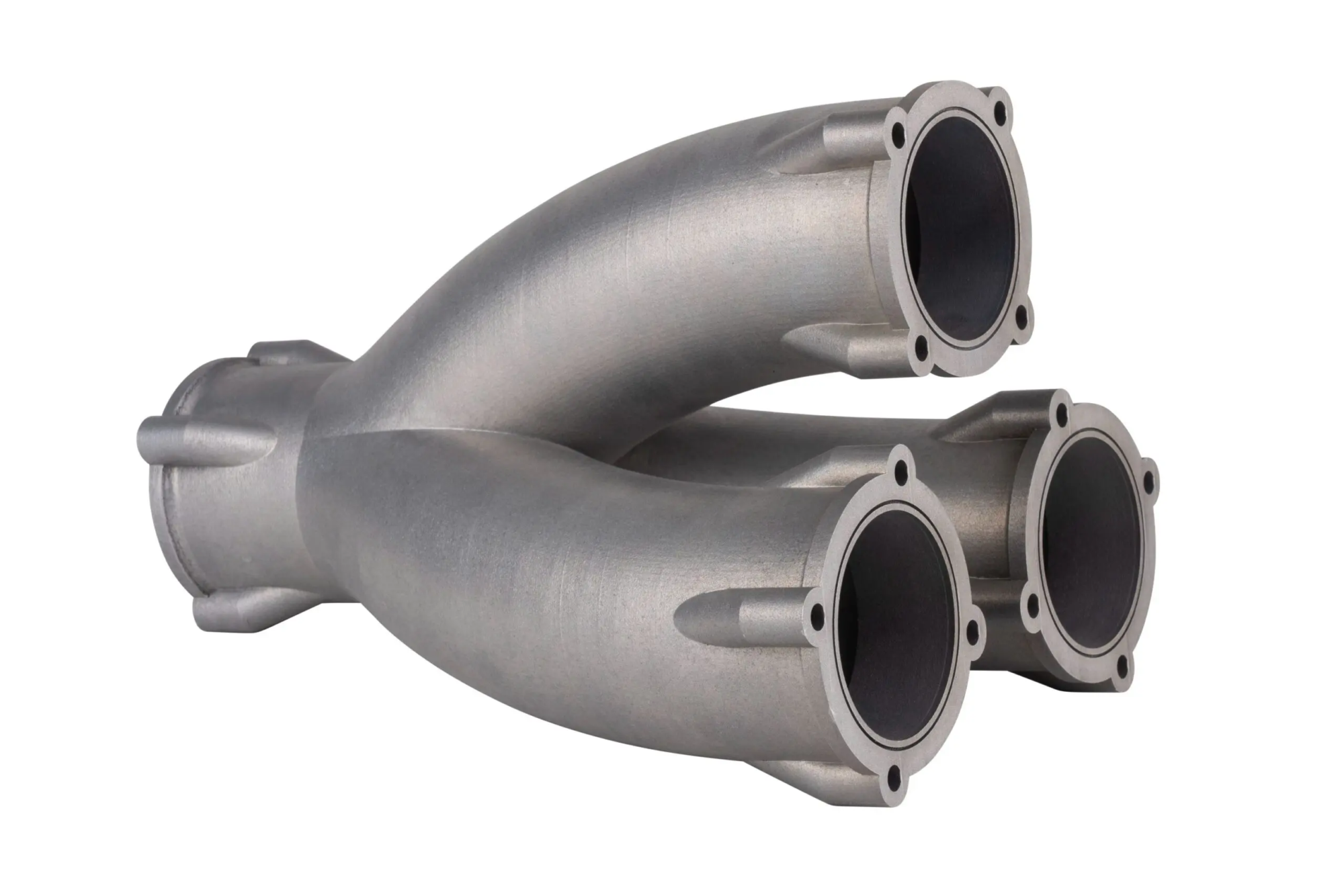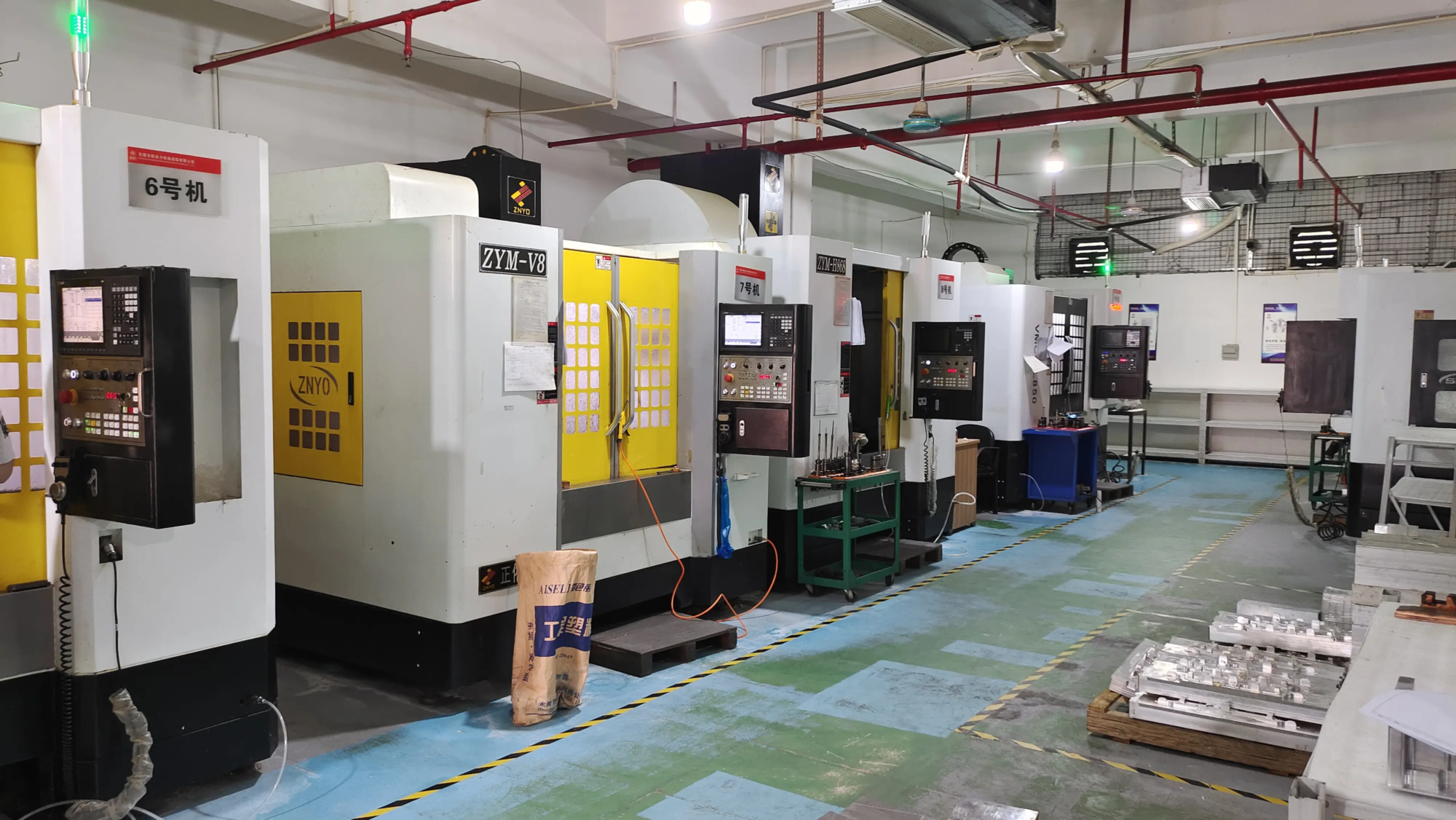On October 12, 2024, it was learned from the Resource Library that researchers from the Massachusetts Institute of Technology (MIT) and the Delft University of Technology (TU Delft) jointly developed innovative multi-attribute 3D printing technology mono-material called “Adjusted speed”. ironing”. This is a more efficient, lower cost and higher precision technology that uses heat-sensitive materials to 3D print objects in a variety of colors, tones and textures in a single step.
Adjustable speed ironing combines a dual nozzle FDM 3D printer with heat sensitive materials. During the printing process, the first nozzle deposits the heat-sensitive filament at a lower temperature, while the second nozzle heats it by “ironing” the layer of material. By controlling the speed at which it moves, researchers can heat the material to a specific temperature. This process can change the hue and texture of the material’s surface to create intricate patterns, images, and even QR codes.
The technology can also improve the tactile sensation of objects by changing the roughness of the surface. For example, by adjusting the ironing speed, printed objects can have different transparencies, roughness or color gradients. The team developed a digital tool that automatically generates 3D printing instructions based on user-defined color, tone and texture requirements.
Existing multicolor 3D printing technology usually relies on multiple materials or requires frequent changing of spools, which not only takes time but also wastes a lot of material. Adjustable speed ironing technology eliminates this bottleneck by using a single heat-sensitive material and controlling temperature changes via dual nozzles to achieve various tones and texture changes without the need for filament replacement or cleaning the nozzles.
The MIT and Delft teams developed a theoretical model that relates the thermal response properties of a material to its outlet temperature to determine the temperature range that can be achieved when the nozzle operates at different speeds. With this model, the researchers were able to obtain different color shades and surface textures.
The research team used three different heat-sensitive materials for testing, including expanded polymer (LW-PLA), wood fiber-filled PLA, and softwood fiber-filled PLA. Foam polymers expand when heated, creating different hues, translucency and surface textures, while wood and softwood fibers gradually darken when heated through pyrolysis.
Using speed-controlled ironing technology, researchers were able to print a range of objects, such as mugs with photos, shadow sculptures and translucent water bottles. To further improve functionality, bicycle handlebars have been designed with different roughnesses to improve the rider’s grip.
Speed-regulated ironing technology also opens a new path for the development of multi-color 3D printing. This technology not only enables faster and less expensive printing, but also allows precise control of nozzle speeds to produce color gradients and delicate textures that are difficult to achieve with traditional methods. In the future, the team plans to further explore the application of other heat-sensitive materials, such as plastics, and even try to change the mechanical and acoustic properties of materials using this technology.





